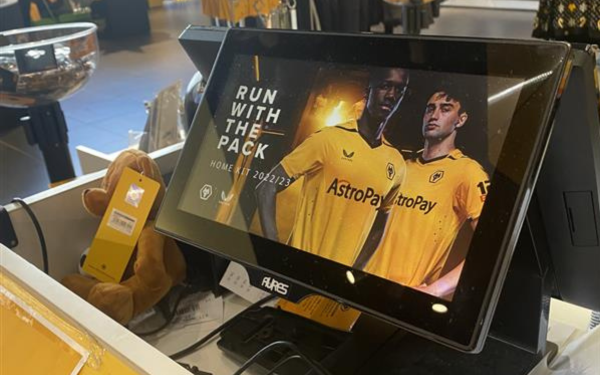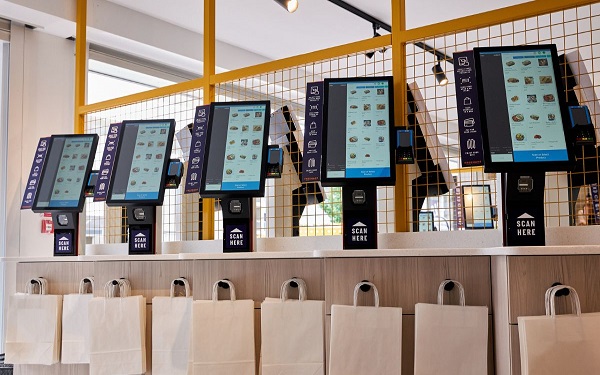Sports stadia are changing. The days of a single stadium being used by a single club as a venue for a single sport are gradually ebbing away, replaced by a model which treats stadia more as multipurpose entertainment venues.
The drivers of this trend are a combination of financial necessity and commercial opportunity. With development and operating costs going up, running a stadium that is only filled once a week or fortnight is increasingly unviable. At the same time, clubs are wising up to the lucrative potential of opening their gates to customers not just on match days, but seven days a week, all year round.
There have long been examples of big stadiums being used for non-sporting purposes, of course – the example of major football grounds hosting concerts in the close season springs to mind. But the modern multipurpose model goes much, much further.
The current stand-out example is London’s Tottenham Hotspur Stadium. As well as hosting Premier League football, rugby and NFL matches, the stadium was purpose-built with a retractable grass pitch so it could host concerts all year round, and also features F1-style go-karting tracks and a skywalking experience.
Covering all the ground
This evolution to year-round leisure and entertainment venues requires a shift in stadium infrastructure, not least in the POS solutions required to monetise all the new experiences on offer. And in many ways, the modern multi-use stadium offers the perfect demonstration of POS’s capabilities as a flexible all-in-one management tool.
Stadium POS systems have always had to cover a lot of ground. Ticket sales, snack and drink concessions and ‘club shop’ retail outlets present three distinct but essential revenue sources for any professional sports venue. The ability to tie them all together with integrated POS systems has helped clubs radically up their customer data analysis game, leading to improvements in everything from inventory management to the matchday experience.
But that’s still all about matchdays. Opening up stadium estates the rest of the time, whether it be with bars and restaurants, new attractions or non-sporting events, just ramps up the need for POS flexibility further still.
The good news is that POS technology has itself evolved significantly over the past decade or so, and is well placed to draw together diverse transactional requirements into unified yet agile systems – exactly what modern multi-purpose stadia demand.
Cloud-based infrastructures have been a big step forward in that regard. Not only does the cloud make it easier and faster to connect POS endpoints at scale, the ability to access software on demand is ideal for situations where you need different platforms for different purposes, removing the need for lengthy and labour-intensive installations. In a stadium context, one thing to consider about leaning on the cloud is the need for watertight connectivity, especially when thousands of people at a time are trying to connect to your stadium WiFi.
Stadium operators can also get a lot of value from the different form factors POS endpoints are now available in. Many professional sporting venues have already adopted self-service options in the form of automated turnstiles. Kiosks are also a proven solution for reducing wait times and therefore improving the customer experience in fast-food and similar settings.
For flexibility, mobile POS tablets are another big boon for multi-use stadia. When you are running lots of different types of events, the ‘club shop’ model of selling merchandise becomes trickier, and you need more flexibility in setting up pop-up stalls. Mobile POS devices are ideal, as they give you the freedom to sell from anywhere, at any time.
There will be plenty more discussion about the role of technology, POS and otherwise, at the upcoming Stadium Business Summit being held at Emirates Old Trafford, Manchester from 17th to 19th June.





